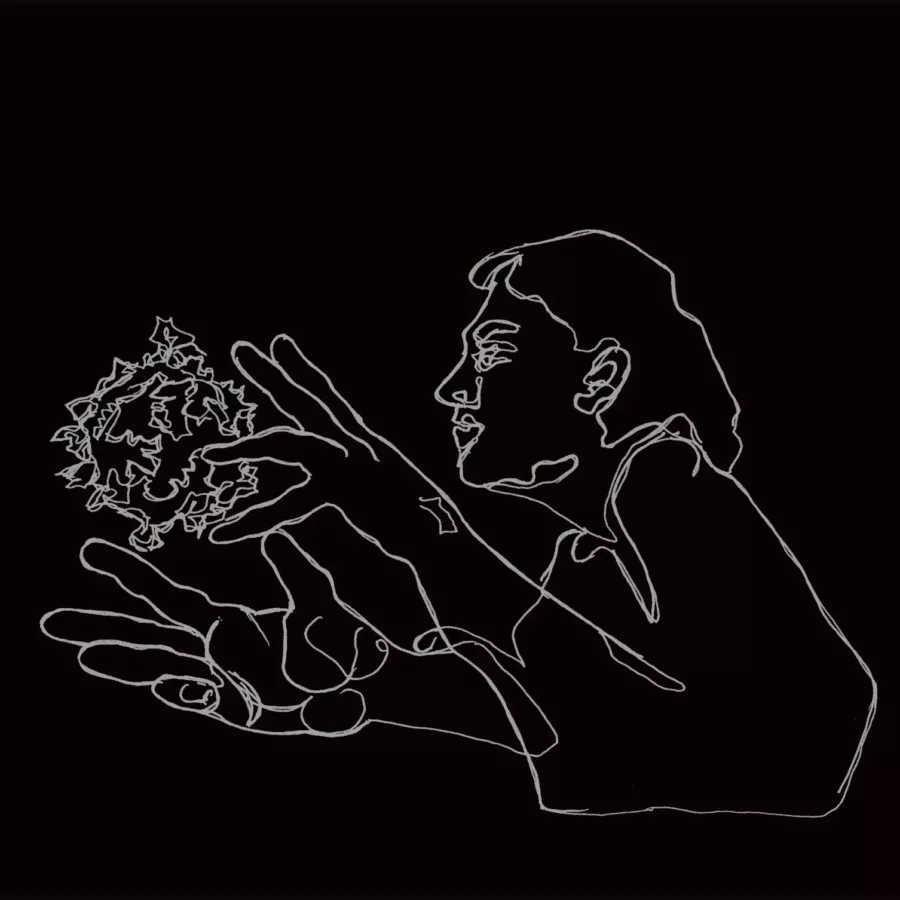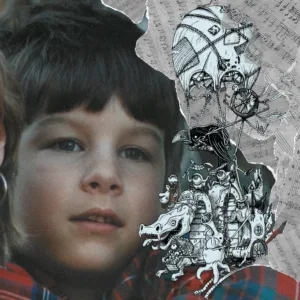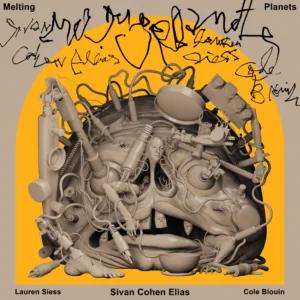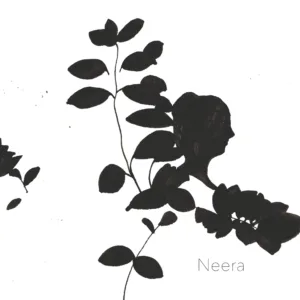Flickers of Mime / Death of Memes

“It’s half past midnight in the basement of a hospital. I’m alone in the intensive care unit with someone who appears to be near death. It doesn’t take long before I start to hear music. A machine, maybe a generator, heaves a long, low sigh that slowly rises from silence and retreats into silence, like a tympani roll, over and over. A chime from another machine, a monitor of some kind, pops out a counterpoint: two beeps, short pause, two beeps, long pause, two beeps, short pause, two beeps, again and again, gentle and high, like a thrush. Except for the muffled steps of an orderly or nurse, banging from a hallway closer to the living world, there is no other sound …” Music critic Larry Cosentino’s liner notes for Alexander Berne’s latest innova release, Flickers of Mime/Death of Memes, are evocative because that’s the only good way to talk about what Berne has here achieved. The double album set, which comes in a lovingly handmade, hardbound, autographed, limited edition, finds him stretching the palette of his Abandoned Orchestra further even than he did on 2010’s Composed and Performed by Alexander Berne. There is still his well-established virtuosity as a wind player on both the saxophone and the saduk (his own creation, a combination of a flute and a reed instrument), but there are also new and exotic treatments of traditional instruments like piano, guitars, and violin. He continues his experiments in crafting his own instruments and also brings in found sounds. In the words of music quarterly Signal to Noise, “If they’re still making ‘east meets west’ CDs 500 years from now, these are the sounds they will probably emit.” Speaking about Flickers of Mime/Death of Memes, Berne says “The two sets have a cyclical dramatic element I call, ‘an unwritten show of the mind.’ Sound energy, synaesthetically manifesting as wordless internal imagery. Flickers of Mime traces the ascending arc of the cycle. I see a mime, a powerful conjuror, in a small house. People are gathered around him at night and he uses his hands and a flame to create unusual shadows. These images have the power to evoke hidden memories of a flourishing ancient culture. The second disc, Death of Memes, follows this arc downward. The visitations on this society are of a different character now. We intuit that a vast city is nearing the end of its run. We feel a destructive principle at work, making way for something else.” Berne’s thoughtful work on his previous release has already landed him on Textura’s top albums of 2010 at number five, explaining that “The intricately woven lamentations on Alexander Berne’s ambitious three-disc opus (produced entirely free of synthesizers and samples) reveal him to be that rare artist who can integrate lyricism, spirituality, and prodigious technical command into a single package, and the collection constitutes a miraculous sound-world that’s too seldom encountered.” Again, though, Cosentino’s description is more poetic: “After a couple of hours in ICU, my plastic chair seems to float at the edge of the galaxy — backstage, behind the red doors, the staff-only area where only Stephen Hawkings can go, where old stars die and new ones are born. The isolation is so profound it starts to feel like communion. Alexander Berne’s music takes me to the deep mystery of that night, the fluorescent lights, the glass and tile, the wires and tubes, the sleeping face on the pillow. He deals in primal tones from the bowels of buried machinery, rolling on slow gears of counterpoint, although in his case the machinery is organic.”







